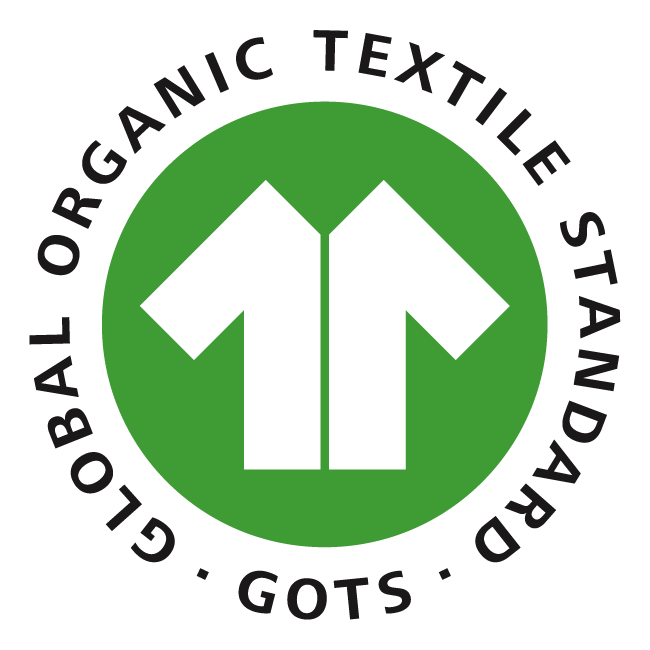Are you really buying an eco-friendly product?
You may have seen these on product descriptions or Facebook ads during this Black Friday Season:
“Made from on average 8 recycled plastic bottles”
“Made from sustainably farmed organic cotton”
“Made entirely from recycled ocean plastic and abandoned fishing nets”
With the rise in demand of sustainable products and awareness on environmental footprints, more and more attention-grabbing titles and descriptions are used for marketing, but how do we know we are really buying what is being claimed? Here are some industry standards to help you navigate the world of eco-friendly materials when shopping during this festive season.
Global Organic Textile Standard (GOTS)

The GOTS is an internationally recognised standard for certifying organic textiles from the harvesting of the raw materials through the manufacturing, packaging and labelling. It was introduced in 2006 as an effort to unite different standards across the world and reduce confusion and unnecessary costs in the supply chain. The standard recognises products with at least 70% organic natural fibres.
Global Recycled Standard (GRS)

The GRS is an internationally recognised, voluntary standard for verifying products with recycled materials, whether it is pre-consumer or post-consumer. It was set out in 2008 to encourage the use of recycled materials and to provide consumers with a tool to make informed decisions. The standard sets requirements for the certification of recycled content, chain of custody, social and environmental practices and also chemical restrictions. The minimum requirement of recycled content to be certified is 20%. At Koup, we use GRS approved yarn suppliers for the recycled polyester in our cinnamon t-shirt, but instead of the requirement of 20% recycled content, we use 100% recycled polyester in our fabric as we believe in using 100% recycled material in our products and the current 20% requirement is not enough. We believe there should be a higher threshold or different tiers based on the level of recycled content.
Better Cotton Initiative (BCI)
The BCI is a standard set up in 2005 to promote better standards in cotton farming across the worlds for both the producers and the environment. BCI works with the producers and provide training and capacity building on more sustainable agricultural practices including the use of fertilisers, soil management and water saving solutions for irrigation etc. Producers need to meet the set of requirements set out by BCI in order to become licensed to sell the produced cotton under the BCI trademark.
Forest Stewardship Council (FSC)

The FSC is an international non-profit organisation established in 1993 that promotes responsible management of the world’s forests and the origin of wood products. With the rising problem of deforestation and global warming, FSC provides consumer reassurance that the wood product comes from responsible and sustainably managed forests. FSC is built on a set of principle and associated criteria that focus not only on the environmental impact but also the welfare of different stakeholders, including respect for indigenous people’s rights and also the workers and local communities that are associated with the forests. Compliance with all regulations and international treaties and committing to long term monitoring, improvement and preservation means FSC has become the gold standard in the wood industry.
Responsible Wool Standard (RWS)

The RWS is a voluntary standard that verifies wool products are sustainably and ethically sourced and produced. Farms are assessed based on the welfare of the animals, land management and social welfare of the workers. For the rest of the supply chain, it’s to ensure that the chain of custody is maintained downstream of the production.
We hope this list gives you a starter to the many standards that have been established to ensure the authenticity of the materials being used. This is by no means the complete list and also not a 100% guarantee, since standards can also be exploited for the purpose of marketing and selling. An additional way of telling whether or not something is legit, is to look at the bigger picture of the brand and the consistency across its products and branding. Stay curious, ask questions and best of all, ask yourself if you really need to buy what you are about to buy?
Below are some links if you want to find out more
Textile Exchange : https://textileexchange.org/standards/
Control Union : https://certifications.controlunion.com/en/certification-programs/certification-programs

Leave a comment
Please note, comments must be approved before they are published